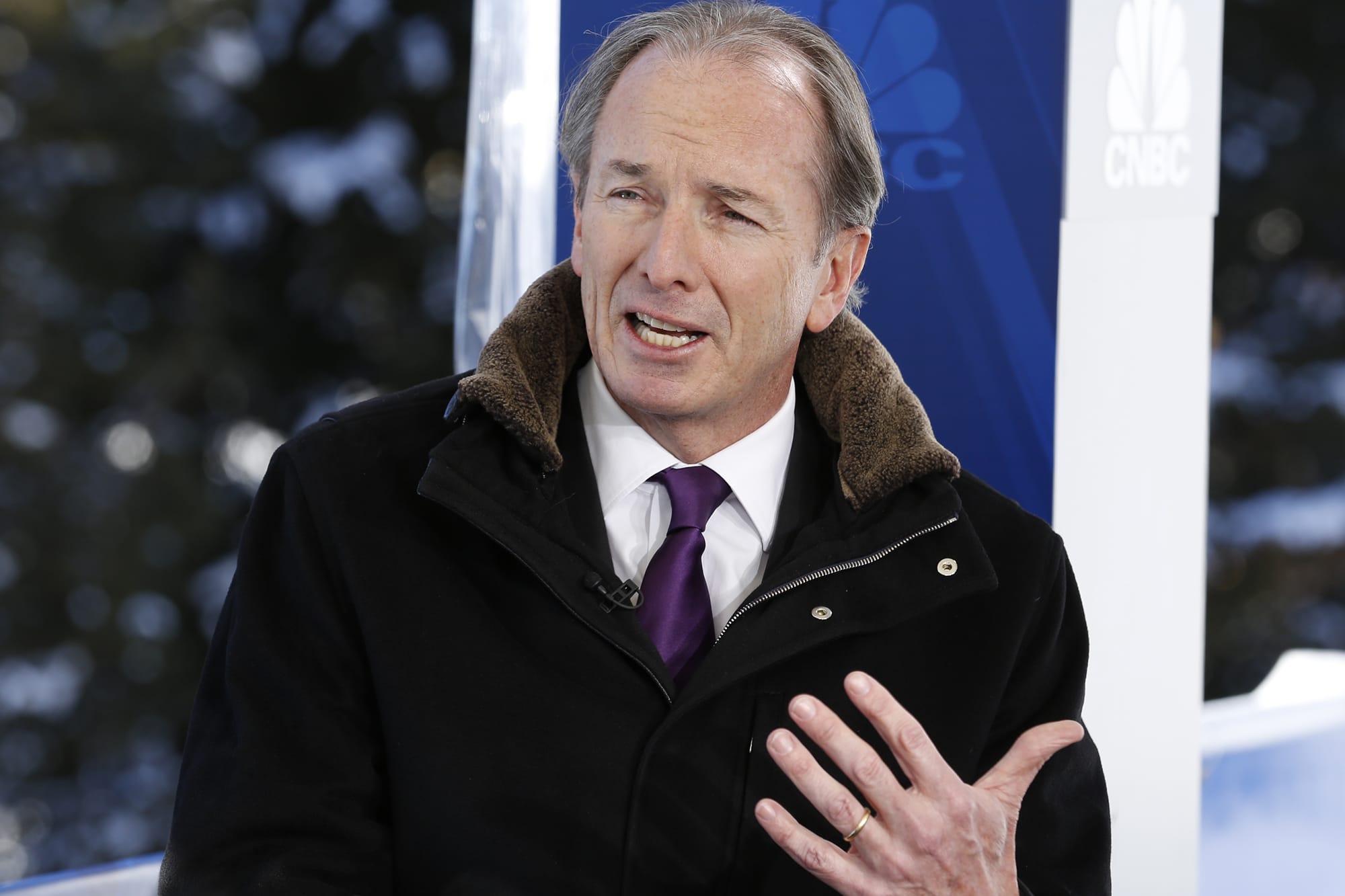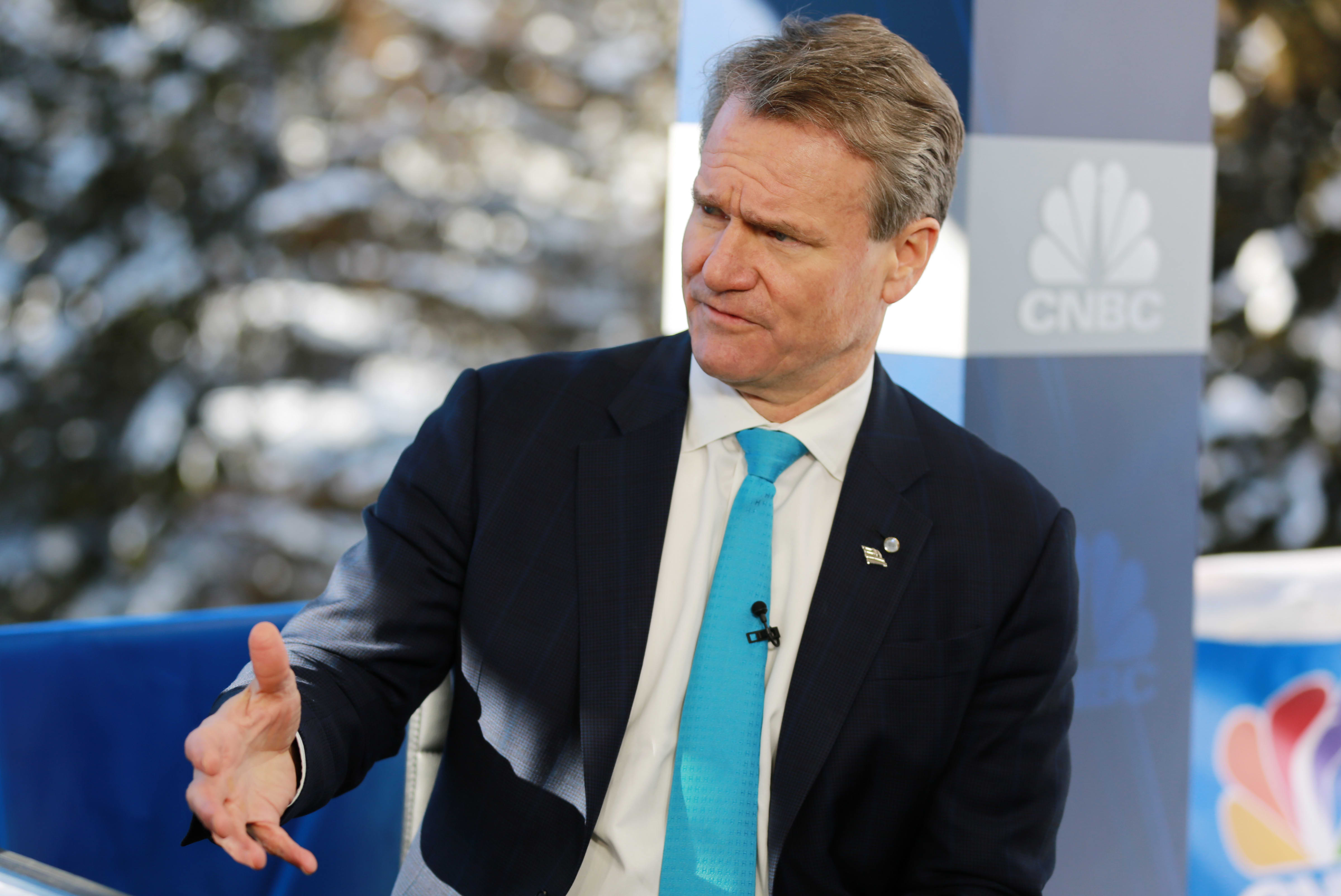China's economy grew last year at the slowest pace in almost three decades.
Official figures show that the world's second largest economy expanded by 6.1% in 2019 from the year before - the worst figure in 29 years.
The country has faced weak domestic demand and the impact of the bitter trade war with the US.
The government has been rolling out measures over the past two years in an attempt to boost growth.
It comes after almost two years of trade tensions with the US - although hopes of a better relationship with America have seen improvements in manufacturing and business confidence data.
This week Washington and Beijing signed a "phase one" trade deal. However, analysts remain unsure whether those recent gains will continue.
In response to the lower growth rate, Beijing is now widely expected to roll out yet more stimulus measures.
The government has used a combination of measures aimed at easing the slowdown, including tax cuts and allowing local governments to sell large amounts of bonds to fund their infrastructure programmes.
The country's banks have also been encouraged to lend more, especially to small firms. New loans in the local currency hit a record high of $2.44 trillion (£1.86tn) last year.

Media playback is unsupported on your device
So far the economy has been slow to pick up, with investment growth falling to record low levels.
Historically, China has seen much stronger economic expansion, with the first decade of the 21st Century seeing double-digit percentage growth.
But - although that 6.1% growth rate is China's weakest expansion in almost three decades - it is much higher than other leading economies.
The US central bank, for example, has forecast that the American economy will grow by around 2.2% this year.
'The trade war may have actually helped the Chinese economy'
Analysis by Stephen McDonell, BBC China correspondent
For many countries, having the slowest GDP growth in three decades might cause panic - but not in China.
Softening domestic demand and US tariffs have eaten into growth - but some analysts argue that the trade war may have actually helped the Chinese economy.
This 6.1% GDP figure for 2019 is not only within the government's target range, but Chinese policy makers have for years been trying to gradually step down expectations.
They're trying to break away from the years of unsustainable breakneck growth which has trashed the natural environment and led to an explosion in unserviceable debt.
The government has instigated some stimulus measures to make sure the steam doesn't come out of the economy too quickly. But on bank loans, the crucial question will be - who gets access to the loans?
Will it be those building the "bridge to nowhere" vanity projects which have popped up in many regional cities?
Or will it be the promising new start-up enterprises which are seen as the future of modern Chinese development?
As part of the phase one deal, China pledged to boost US imports by $200bn above 2017 levels and strengthen intellectual property rules.
In exchange, the US agreed to halve some of the new tariffs it has imposed on Chinese products.
Speaking in Washington, US President Donald Trump said the pact would be "transformative" for the American economy.
https://news.google.com/__i/rss/rd/articles/CBMiKmh0dHBzOi8vd3d3LmJiYy5jb20vbmV3cy9idXNpbmVzcy01MTE0NDg5MtIBLmh0dHBzOi8vd3d3LmJiYy5jb20vbmV3cy9hbXAvYnVzaW5lc3MtNTExNDQ4OTI?oc=5
2020-01-17 05:06:38Z
52780556963101




